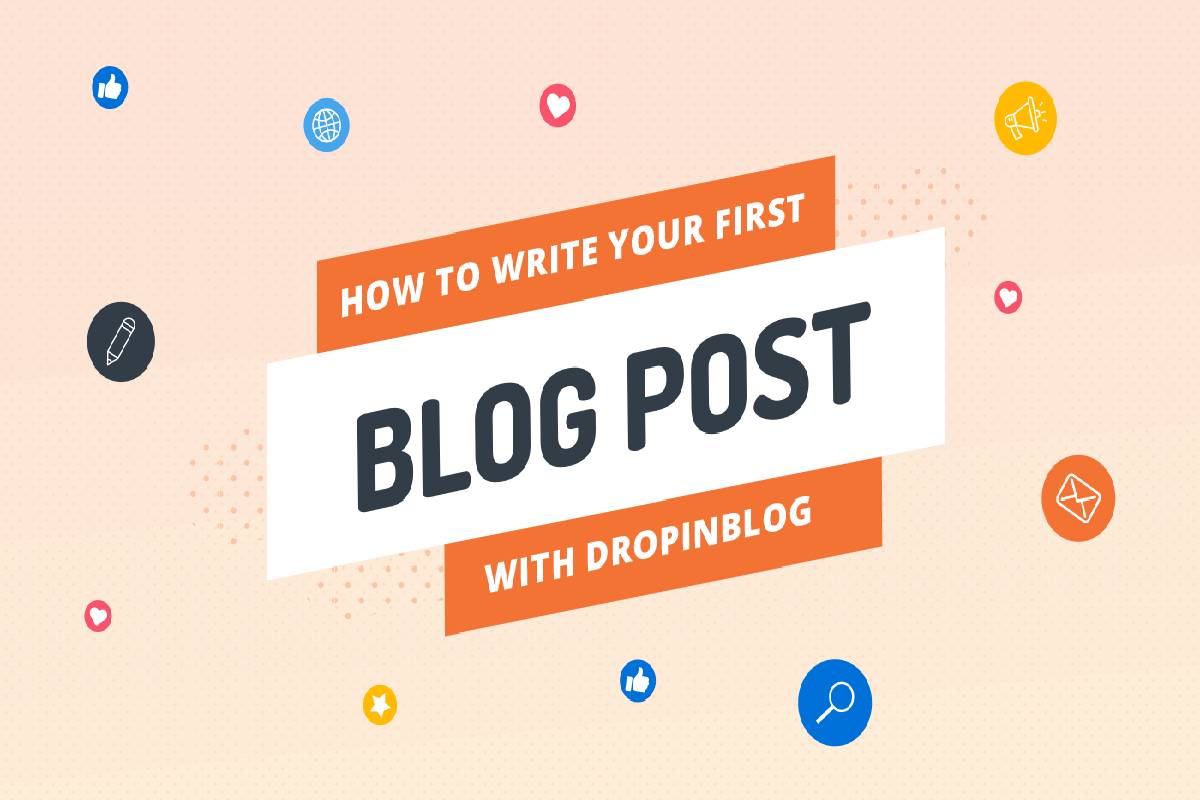Every year marketing trends change. In 2022, you can expect changes in the importance of different marketing channels. While all are useful, some marketing channels will be more popular this year than others. With the pandemic and other economic changes, businesses should be very careful about the marketing channels they use to get the best outcomes possible.
If you are a business looking for the best marketing strategy, read through this article to understand what marketing channels to prioritize. Before we get on that, let’s understand what marketing channels are.
Table of Contents
What Are Marketing Channels?
Marketing channels are essentially the different platforms where you can post your content. These platforms allow you to communicate with your audience. This communication can either be one or two-way. If you use multiple channels for marketing your products, you can create a chain of channels that direct your audience to get your product or services. A multi-marketing strategy can help you get the attention of audiences everywhere.
What Marketing Channels You Should Focus In 2022
To take your business to the top in 2022, you must put all your attention on the right marketing channels. Let’s discuss some of the most popular marketing channels to help you make a well informed decision.
1. Search Engine Optimization Marketing
SEO is arguably the best marketing channels and has been used by leading brands and companies for ages. Search engine optimization is when marketers integrate a certain set of keywords in their content to improve their search engine presence, especially on Google.
When a customer is looking for a product or service, they will search for them using different words. Using SEO, marketers can use the same keywords in their content so that when the audience looks up these words, the company’s page pops up.
Businesses can utilize multiple SEO strategies. They need the right experts and target the right keywords to get the best results.
2. Email Marketing
Email marketing is often not given much attention, but it has been a tried and tested marketing channel for some of the biggest brands and companies. There are multiple ways you can generate email traffic. You can either get an audience from your outbound emails or exchanging emails with others. Email marketing is effective and is also one of the most inexpensive options. Many critics argue that email marketing is invalid, but looking at the current circumstances where most people have to stay at home, they will most likely swipe through and read their emails.
It is a major reason why businesses must make the most of this situation. You must prioritize emails no matter which industry you are in and how active you are online. However, make sure that your emails are worth your audience’s time. The subject line should be very interesting, so the audience is compelled to read through the contents of the email. Make your emails as engaging as possible.
3. Podcasts
Podcasts are a relatively newer marketing channel for the industry, but they are gaining popularity quickly. Many people are now investing their time in listening to podcasts. People of all ages are interested in different kinds of podcasts. Since podcasts have an active audience, it is a lucrative idea to meet their customers where they are.
At present, you can find a podcast for every niche you can find, which means that even if you offer supply chain logistics, you can find a podcast where you can easily market your services. You can even learn steps for starting a successful podcast through Melon!
At present, you can find a podcast for every niche you can find, which means that even if you offer supply chain logistics, you can find a podcast where you can easily market your services.
4. Influencers
Social media influencers are making it big in the world of marketing. They have a lot of audiences that trust their opinions. Using this, brands and companies can take the help of social media influencers to talk about their product or services on their platform.
They can do several paid postings where they use the product or services and tell the audience how it is a great option. Influencer marketing is a very common strategy that will increase sales if you choose the right people to target your audience. It does not matter if the influencer does not have a large following. Even if they are micro-influencers, they might be just as effective as a highly popular influencer.
5. Social Media
Social media is deal for marketing your products or services, giving you a large variety of marketing options. There are many different platforms with different kinds of audiences. What’s more, there is no shortage of interesting ways you can market things and engage your audience. More importantly, social media is not an expensive way to market your company or brand.
You can opt for paid and unpaid marketing and map out a strategy that fits your purpose and is under your budget. However, social media marketing is not that simple. Marketers should understand the different algorithms for different platforms and other marketing trends to increase their reach and turn more audience into customers.
6. PPC
Pay per Click is also a great strategy that helps businesses attract the audience they need. A PPC strategy helps you leverage the organic search results, and your page or website is shown on the top, even if it does not rank high. However, this technique can be expensive, so you must work smartly and get an expert to help you with all the technical aspects.
7. Referrals
Referral traffic is when the audience views your website after another. Websites can link to each other, which helps them get referral traffic. This helps you get audiences that will choose to stay for a much longer time.
For your marketing strategy in 2022, these marketing platforms are sure to help you make the most out of all opportunities you receive this year.








